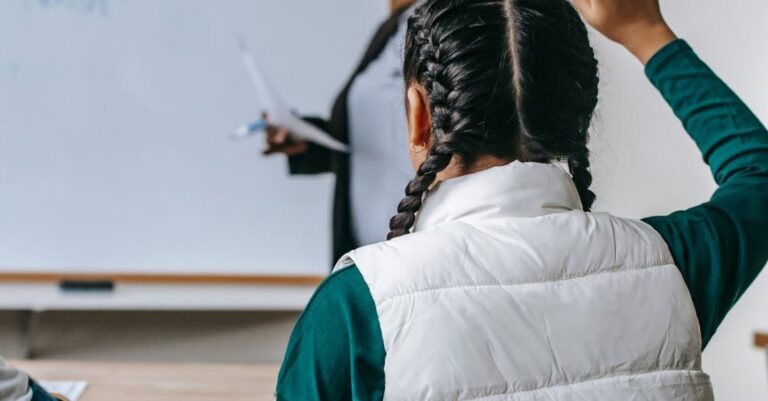
In today’s digital age, technology has become an integral part of our daily lives, including the education sector. With the advancement of technology, classrooms have transformed into dynamic learning environments, offering students innovative ways to engage with academic content. From interactive whiteboards to educational apps, technology has the power to enhance classroom learning in numerous ways.
Engaging Multimedia Content
One of the key ways technology enhances classroom learning is through the incorporation of engaging multimedia content. Traditional teaching methods often rely on textbooks and lectures, which may not always capture students’ attention. By integrating multimedia elements such as videos, animations, and interactive presentations, teachers can create a more dynamic and interactive learning experience for students. These visual aids can help clarify complex concepts, stimulate critical thinking, and make learning more engaging and enjoyable.
Personalized Learning Experience
Technology enables teachers to provide a personalized learning experience for each student. With the help of educational software and online platforms, teachers can tailor lessons to meet individual students’ needs and learning styles. Adaptive learning programs can adjust the pace and difficulty of lessons based on students’ performance, ensuring that they are challenged at the right level. This personalized approach can help students stay motivated, build confidence, and achieve better academic outcomes.
Collaborative Learning Opportunities
Technology also facilitates collaborative learning opportunities in the classroom. Online collaboration tools, such as Google Docs and virtual whiteboards, allow students to work together on projects in real time, regardless of their physical location. This fosters teamwork, communication skills, and creativity among students. Additionally, technology enables students to connect with their peers globally, exposing them to diverse perspectives and promoting cultural understanding.
Instant Access to Information
Gone are the days when students had to rely solely on textbooks for information. With the internet and digital resources at their fingertips, students now have instant access to a wealth of information on any topic. Teachers can leverage technology to supplement their lessons with online resources, articles, and multimedia content, providing students with a broader perspective on the subject matter. This not only enriches the learning experience but also encourages students to become independent, lifelong learners.
Enhanced Student Engagement
Technology has the power to enhance student engagement in the classroom. Interactive learning platforms, gamified educational apps, and online quizzes can make learning more interactive and fun for students. By incorporating elements of gamification into lessons, teachers can motivate students to actively participate, set goals, and track their progress. This gamified approach to learning can increase student engagement, boost motivation, and improve retention of information.
Real-World Application
Another benefit of technology in the classroom is its ability to bridge the gap between theoretical knowledge and real-world application. Simulations, virtual reality experiences, and online labs allow students to apply their learning in practical, hands-on contexts. This experiential learning approach helps students develop critical thinking skills, problem-solving abilities, and a deeper understanding of how concepts are applied in real-life situations.
Innovative Assessment Methods
Technology has revolutionized the way students are assessed in the classroom. Traditional exams and quizzes are being supplemented with innovative assessment methods such as online quizzes, interactive simulations, and multimedia projects. These alternative assessment methods provide a more holistic view of students’ progress and skills, beyond just memorization and regurgitation of facts. By using technology for assessment, teachers can provide timely feedback, identify areas for improvement, and track students’ growth over time.
In conclusion, technology has the potential to transform classroom learning by making it more engaging, personalized, collaborative, and interactive. By leveraging technology effectively, teachers can create dynamic learning environments that cater to the diverse needs and learning styles of students. Embracing technology in the classroom not only enhances the educational experience but also prepares students for the digital world they will inhabit as future professionals.





